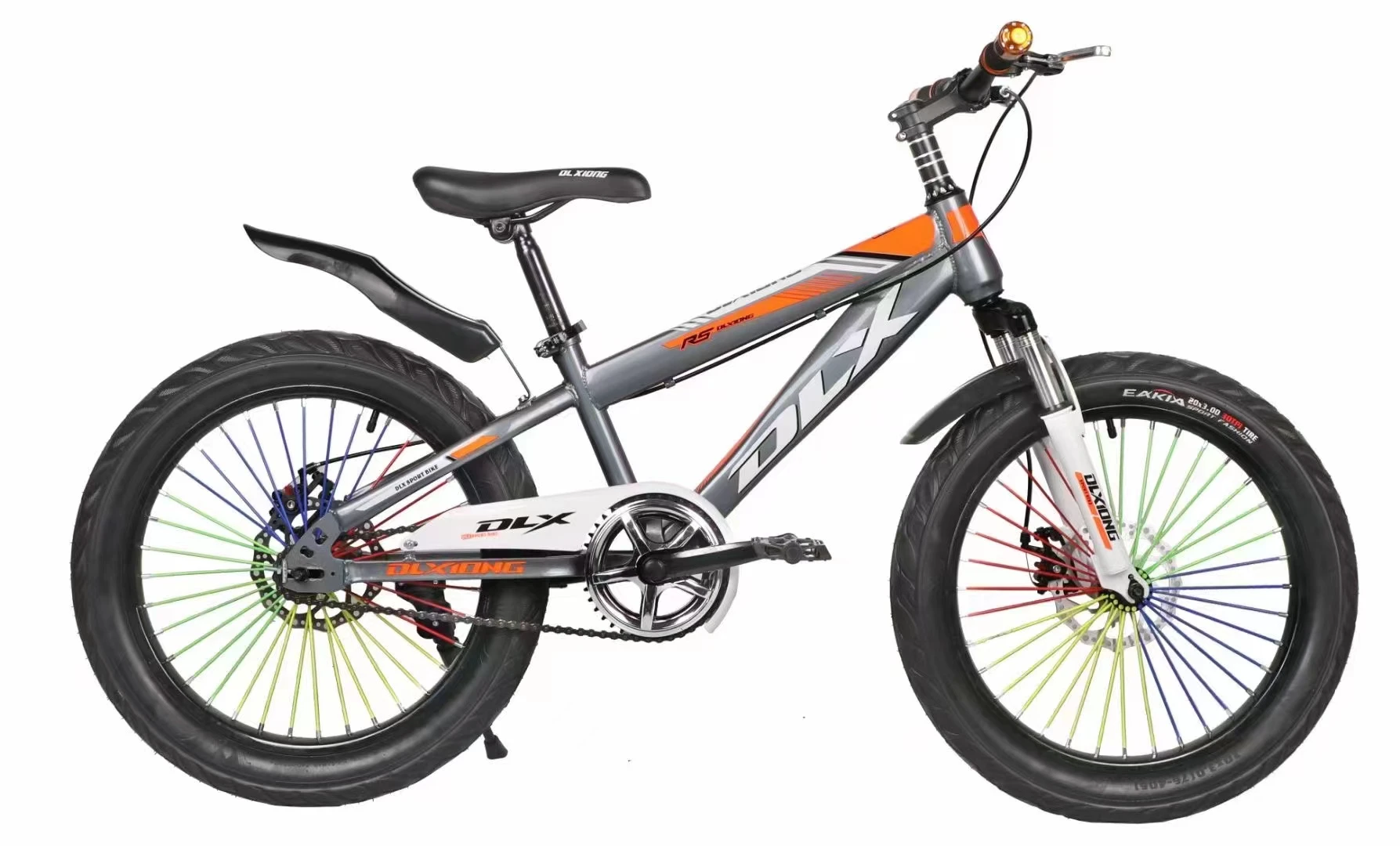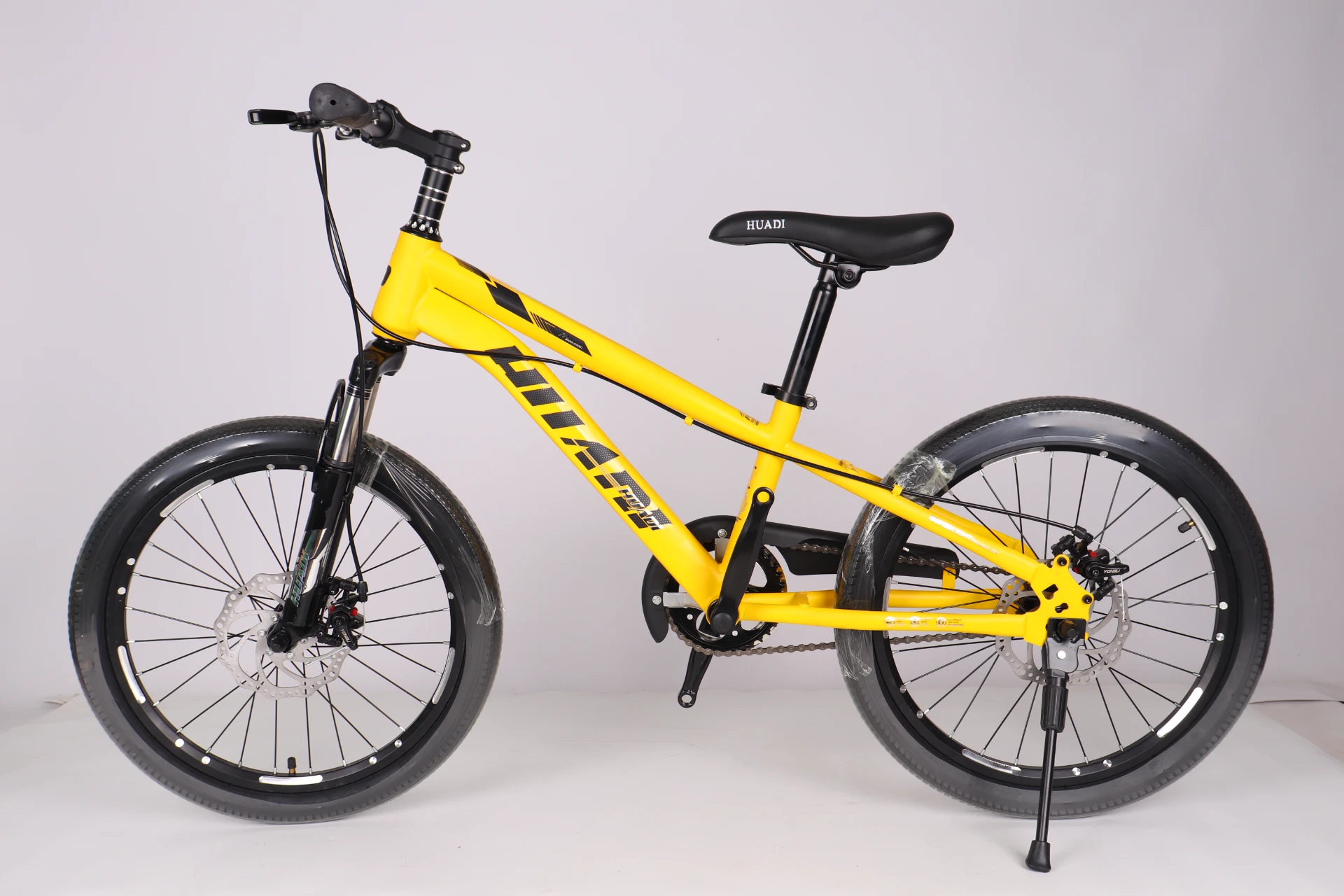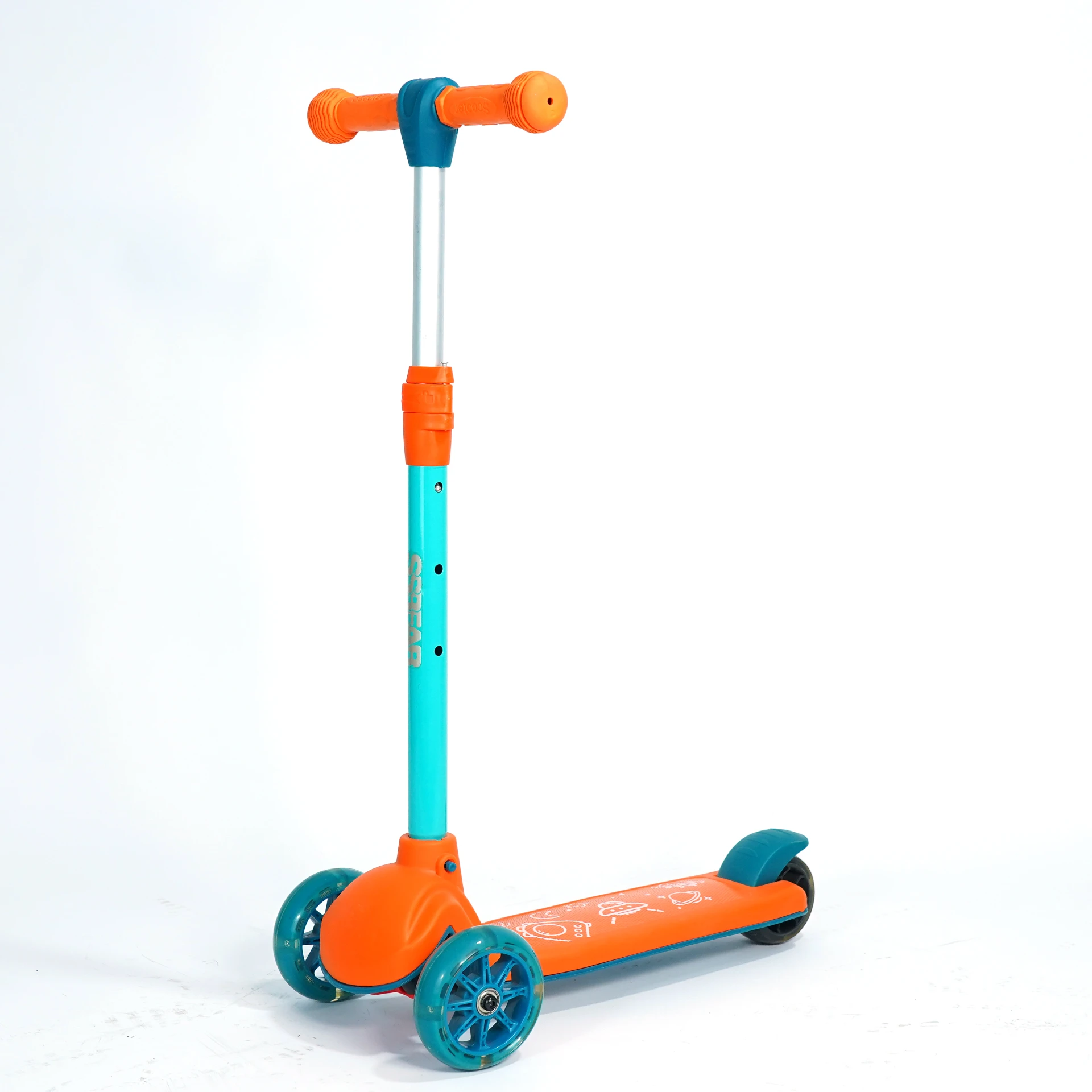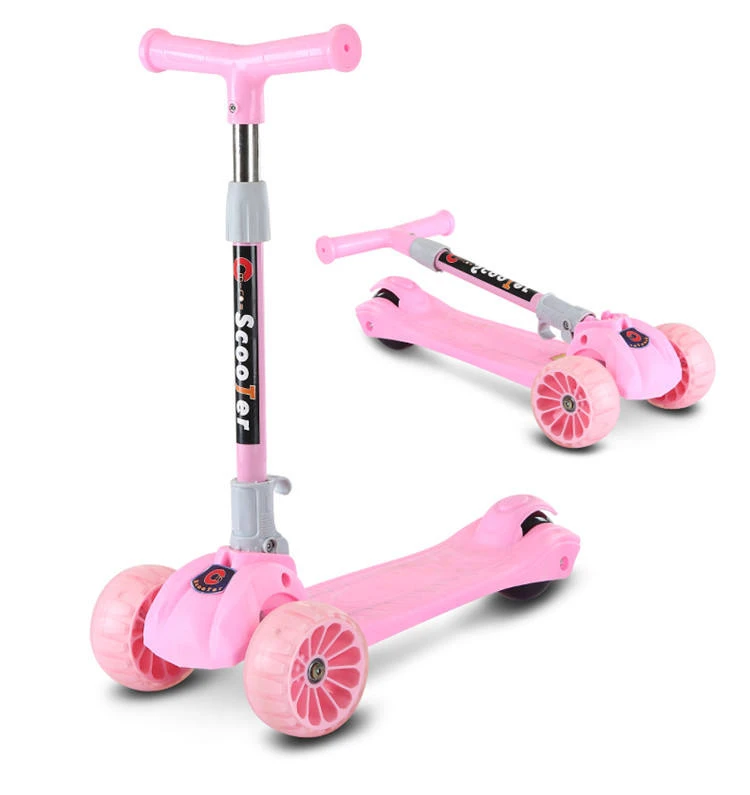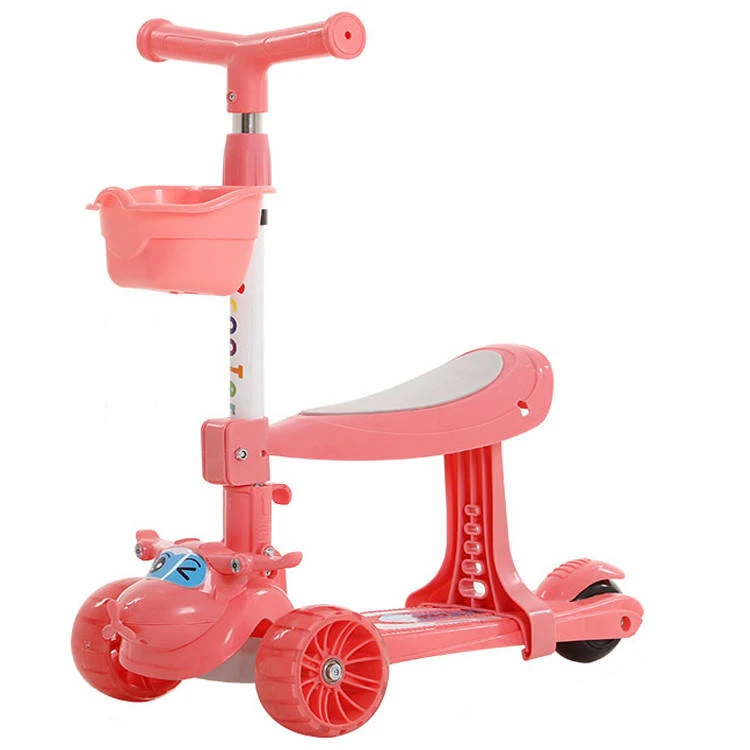Tips for Guiding Children in Learning to Ride a Balance Bike
How to Teach a Kid to Ride a Balance Bike
Teaching a child to ride a balance bike is a rewarding and enjoyable experience for both the child and the parent. Balance bikes are an excellent way to introduce young children to the fundamentals of cycling, as they help develop balance, coordination, and confidence without the complexity of pedals and gears. Here’s a step-by-step guide to help you teach your child how to ride a balance bike successfully.
1. Choosing the Right Balance Bike
Before starting the learning process, it’s essential to choose the right balance bike for your child. Look for a bike that is lightweight and has a low frame, making it easy for your child to get on and off. The bike should also be adjustable to ensure that the seat height allows your child to place both feet flat on the ground. This is crucial for their stability and confidence while they learn.
2. Safety First
Safety is paramount when teaching your child to ride a balance bike. Ensure that they wear a properly fitted helmet to protect their head in case of falls. Additionally, consider knee and elbow pads for extra safety. Choose a safe, open area away from traffic, such as a park or an empty parking lot, where your child can practice without obstacles.
3. Getting Comfortable
Begin by allowing your child to explore the bike. Encourage them to walk it around, lift their feet off the ground, and practice pushing with their legs. Let them get used to sitting on the seat and using the handlebars to steer. Familiarity with the bike will help them feel more comfortable when it's time to start riding.
Once your child feels comfortable with the bike, it’s time to focus on balance. Encourage them to sit on the bike and push off with their feet, lifting their legs up to glide. You can use a gentle slope to help them gain a little speed, which makes balancing easier. Make sure they are looking ahead, not down, as keeping their gaze forward helps with balance.
how to teach a kid to ride a balance bike

5. Practicing Gliding
After your child has a grasp on balancing, practice gliding for longer distances. Work on having them push off with their feet, then lift their feet off the ground to glide. It’s essential to encourage them to keep their feet close to the bike, as this will help them maintain their balance. Celebrate their successes, no matter how small, to build their confidence.
6. Encouraging Steering and Braking
As your child becomes more comfortable gliding, introduce steering and braking. Encourage them to steer gently by leaning their bodies in the direction they want to go. Practice stopping by having them put their feet down gradually. Explain that they should brake slowly by dragging their feet to prevent any abrupt stops that could lead to falls.
7. Setting Goals
Set small, achievable goals to keep your child motivated. For instance, you can aim for them to glide for a certain distance without putting their feet down or successfully navigate a gentle turn. These goals should be both fun and challenging, allowing your child to experience a sense of accomplishment.
8. Transitioning to Pedal Bikes
Once your child has mastered the balance bike and feels confident, transitioning to a pedal bike will be much easier. Most children who learn on balance bikes can ride a pedal bike without training wheels much sooner than those who learn to ride straight on a traditional bike. Explain the new bike's mechanics and encourage them to practice pedaling, steering, and braking all together.
Conclusion
Teaching your child to ride a balance bike is a joyful journey filled with laughter and learning. It builds essential skills that will serve them well in their cycling adventures. Patience and encouragement are key; every child learns at their own pace. With the right guidance, your child will quickly gain the confidence and ability to ride on two wheels, eager for new adventures. Enjoy this special time, as it sets the stage for many future rides!
-
Three-Wheel Light-Up Scooter Benefits for KidsNewsJul.11,2025
-
The Importance of Helmet Safety When Using a Kids ScooterNewsJul.11,2025
-
Nurturing Early Mobility with an Infant ScooterNewsJul.11,2025
-
How to Choose the Safest Tricycle for KidsNewsJul.11,2025
-
Fixing a Squeaky Baby Push Tricycle in MinutesNewsJul.11,2025
-
Cleaning and Maintaining a Tricycle for Big KidNewsJul.11,2025
-
Unleash Fun and Safety with Our Premium Kids Scooter CollectionNewsJun.06,2025


